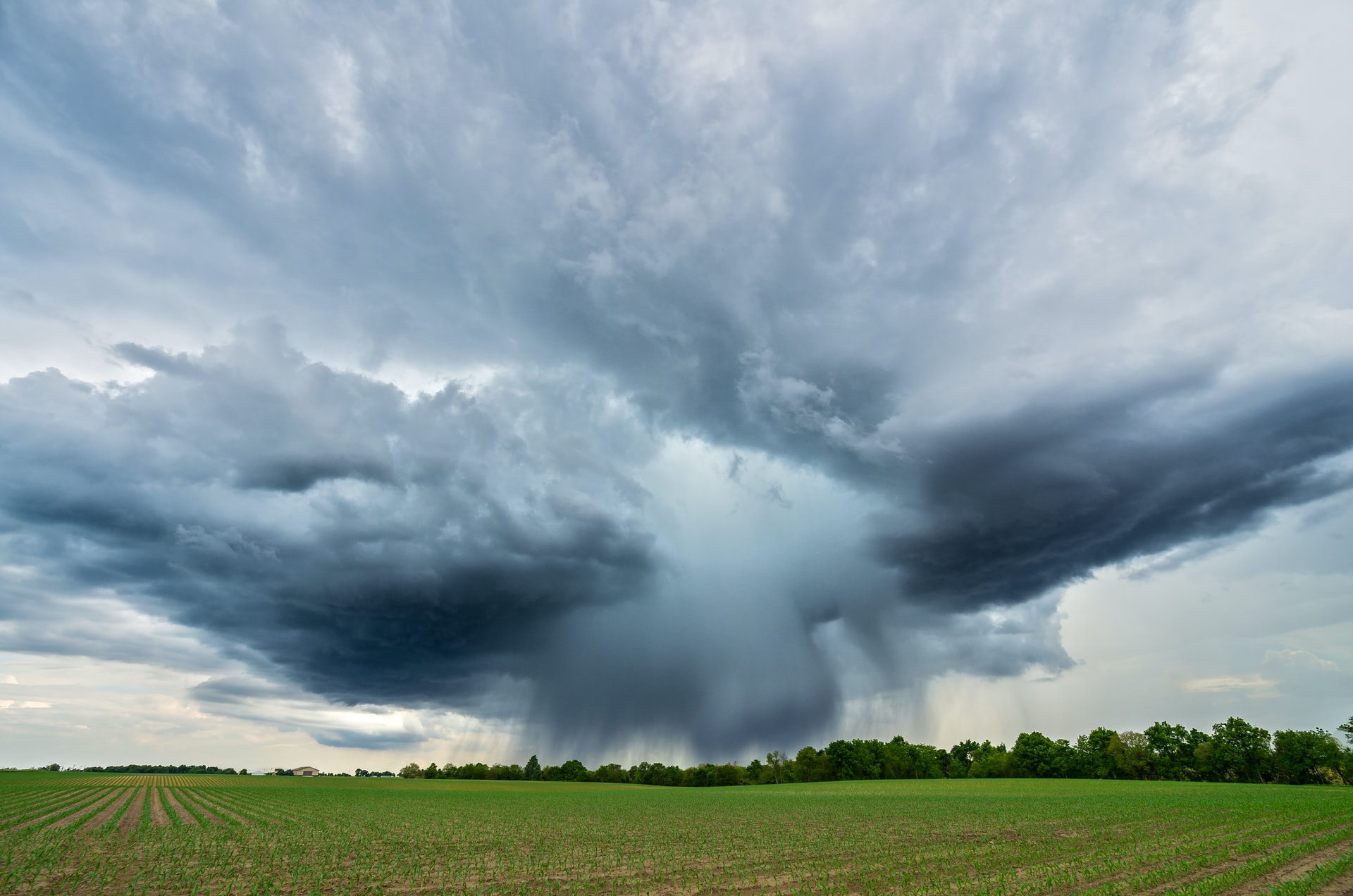Significant investments and research developments in artificial intelligence (AI) have made the technology a powerful asset in many industries — including environmental studies.
AI isn’t a new technology, but businesses and consumers feel its impact and witness it seep into everyday life. It’s turning into a ubiquitous technology, whether it’s a digital voice assistant like Amazon Alexa, a device like the iPhone, or AI software for businesses.
AI is becoming more advanced and autonomous, and it’s also broader in its use and impact. More use cases for AI are emerging, and if implemented responsibly, it can greatly benefit society. It’s likely to play a role in tackling issues like climate change — but how?
Here’s how AI is expected to impact the environment and usher in positive changes for a more sustainable future.
Environmental Concerns in 2022
It’s critical to understand the breadth of environmental problems right now. Pressing issues like climate change, air, water, and land pollution, deforestation, overpopulation, loss of biodiversity, and increases in natural disasters are felt in almost every country worldwide.
Unfortunately, many of these concerns are a result of increased human activity. According to the Environmental Protection Agency (EPA), humans have contributed to climate change in two significant ways: increased greenhouse gas (GHG) emissions and reflectivity or absorbed energy from the sun.
Human activities have released significant amounts of carbon dioxide into the atmosphere since the Industrial Revolution, ultimately changing the Earth’s climate. Natural processes also contribute to climate change, but people’s contributions cannot be ignored.
According to a 2020 Pew Research Center survey, most surveyed publics believe their governments are not doing enough to address the negative impacts of climate change. Can AI change how countries respond to the crisis and other environmental concerns?
5 Positive AI Environmental Applications
Various AI applications could potentially solve some of these significant environmental issues. However, widespread adoption and forming better regulatory bodies must be considered if governments plan on using these applications.
Here are some of the ways AI can be applied to change the environment for the better.
1. Improved Climate Change Research
Scientists and climate researchers are already applying AI to their work. For example, consider the Carbon Tracker Initiative, which analyzes satellite imagery over power plants to monitor emission levels. This results in more accurate emission figures, therefore making research more reliable.
Companies and climate change experts can use AI-driven technology to gather data and extract insights for better decision-making. The first step in understanding how to create solutions is to conduct research. AI is a valuable tool because it speeds up the climate change research necessary to take remedial action.
2. Development of Autonomous Vehicles (AVs)
Public transportation is a major contributor to GHG emissions. One climate change response strategy is improving transit infrastructure to reduce emissions and become more resilient. Agencies are looking to adopt newer technologies to achieve these GHG reductions, and AI is no exception.
AI is the core technology used in autonomous vehicles (AVs). Route and traffic optimization, autonomous ridesharing, and eco-friendly driving algorithms are ways AI will help reduce GHG emissions. AVs will likely become more affordable and widely adopted. The ultimate goal would be to establish electric AV fleets to reduce GHG emissions significantly.
3. More Reliable Weather Forecasting
IBM uses AI to improve its weather forecasting process. IBM’s The Weather Company was determined the most accurate weather forecasting provider globally in 2021.
Reliable weather forecasting can lead to other positive environmental impacts. For example, renewable energy companies can better monitor their plants, which improves renewable energy production. They can reduce carbon emissions for a better environment as a result.
4. Smart Agriculture
AI is already transforming the agriculture industry. Modern farmers can improve crop production processes with AI-powered technology, such as harvesting robots or drones.
Farmers can gather more information about their fields, determine how to care for their crops, decide which fertilizers to use, and use other critical data to improve operations. They are using digital agriculture in Argentina, and AI farms already exist in China.
5. Reduced Ocean Pollution
Ocean pollution is another major environmental concern many countries are grappling with. Two companies, Razer and ClearBot, created a partnership to advance AI and robotics for ocean pollution reduction, which benefits nearby marine life and the overall environment.
Essentially, ClearBot designs robots that use AI-driven computer vision (CV) to locate and identify marine waste. They retrieve and dispose of it properly. In another case, nonprofit organization The Ocean Cleanup has leveraged AI technology to determine how much and what kind of trash accumulates in ocean garbage patches.
This is not an exhaustive list but illustrates how AI can help change the environment for the better. It’ll be interesting to see what other use cases emerge and if governments leverage AI for climate change mitigation efforts.
Is AI the Key to a Better Environment?
A recent PwC report details how AI could help humanity reach a more sustainable future.
One significant finding in the report suggests that AI used in environmental applications could boost global GDP by 3.1%-4.4% while simultaneously lowering GHG emissions by 1.5%-4% by 2030. The report also found that AI environmental applications could also create between 18.4 and 38.2 million jobs worldwide.
Using AI for environmental applications seems like a no-brainer. Boosting the global GDP, driving job creation, and building a more sustainable environment can all be accomplished with AI technology.
However, AI cannot solve all the current environmental problems in the world. It is highly advanced and always evolving, but an issue as significant as climate change needs to be addressed with multiple solutions and strategies.
Using AI to Address Environmental Concerns
Taking care of the planet we call home needs to be a priority. However, countries worldwide need to step up and address the problem head-on. Using new and emerging technologies will play a critical role in combating climate change. AI already is and will continue to be a valuable technology that many industries will benefit from. Applying AI-powered solutions to better the environment must be considered if the goal is to make the future more sustainable.










